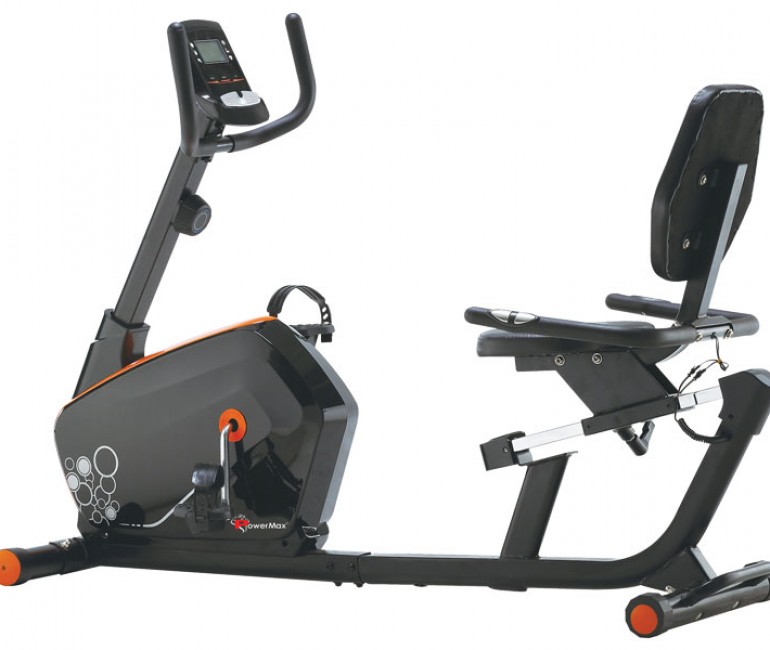Skipping Your Warmup
Avoiding your warmup altogether may be tempting, especially
if you’re trying to save time. But that can do more harm than good. A good
warmup focuses on range-of-motion exercises, active movement and balance
activities that will effectively prep your body for working out
Starting Off With Too Much Intensity
Slow and steady wins the race! A solid warmup should
essentially mimic what you plan on doing in the main portion of your workout,
but at a much lighter and gentler pace
Doing Static Stretches First
Stretching is vital when it comes to
working out, but only
when it’s the right kind of stretching! Applying static stretches (holding a
stretch for 30 seconds or more) during a warmup has been shown to actually be
detrimental to athletic performance.
Not Warming Up Long Enough
Most of us have been guilty of it at some point: two minutes
on the treadmill and we’re done with our warmup! But the American Heart
Association says that an effective warmup should last between five and 10
minutes. The more intense the activity, the longer you should warm up. Your
muscles need adequate time to circulate the blood, loosen up and prepare for
the intensity to come
Performing the Same Warmup for Every Workout
Unless you’re doing the same workout day in and day out,
your warmups are going to need some adjusting! You’re targeting different
muscles with each workout, so focusing on your upper body, lower body or full
body all require a specific routine.
Stopping Your Workout Suddenly
The main goal of a cooldown is to lower your core
temperature and heart rate and to start preparing your
muscles for recovery.
But that’s harder to do if you immediately plunk down on the mat for some
stretches or ride the feel-good hormones and keep going at a vigorous pace


